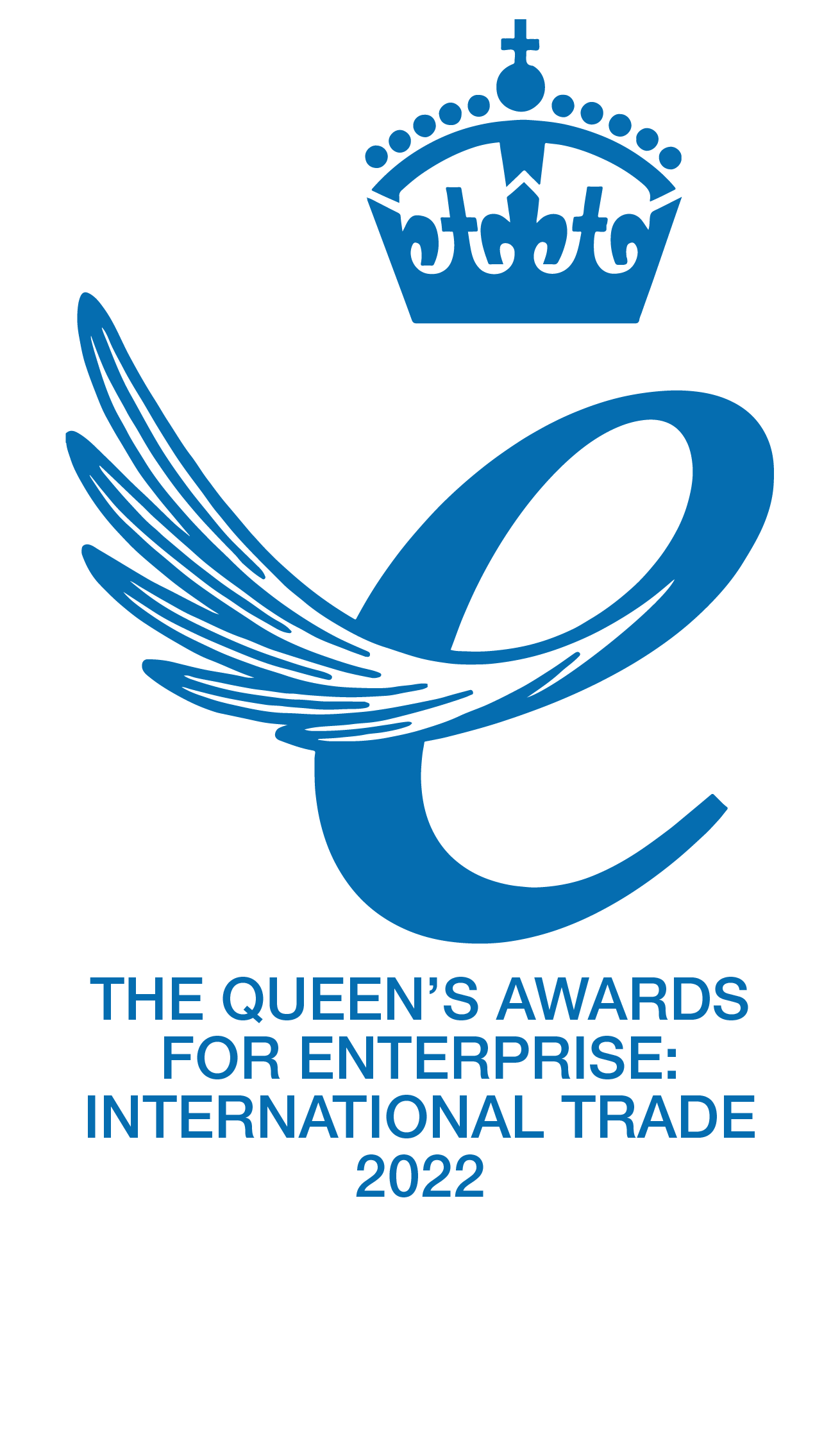Giorgio Lauro (Promat): “Current standards should be revised to reach a more feasible time elapse for evacuation in case of fire.”
IMO’s Ship Systems and Equipment (SSE) Sub-Committee
There is currently a big push to improve the fire safety of ropax ferries and to drive passive fire protection. Rebecca Moore reports.
Work to improve ropax fire safety has become a major area of activity following several high-profile incidents in recent years – and this has been underlined by industry association Interferry’s work in this area.
Interferry attended the fifth annual session of the IMO’s Ship Systems and Equipment (SSE) Sub-Committee, which took place 12-16 March.
Among several fire-related issues, the European Commission (EC) presented proposals arising from its Fire Safe 1 studies, primarily on electrical connections and alternatively powered vehicles.
Interferry chief executive Mike Corrigan explained “We argued that while technically robust, some proposals such as fitting earth fault breakers are practical for newbuilds but not necessarily for existing ships, which the EC also plans to include.” He said that any requirements on existing ships “must be more generic in nature”, allowing for adaptations to the ship’s current systems.
He added “Our concern is that good ideas for new ships could be killed off by the EC because the proposals simultaneously push for retrospective application, albeit with a fairly substantial delay to conform to new regulations.” For instance, positioning of vehicle deck sprinkler and nozzles could be optimised for new ships, but would be “very cumbersome” to address for existing ships.
Japan and China also submitted several potential risk-mitigation options, many of which were very reasonable proposals, Mr Corrigan commented. But he warned that Interferry emphasised “the need to avoid working with a general wish list”.
“After the Costa Concordia accident, the IMO spent several years trying to remove items of a less defined nature and we maintained that such generalities should be avoided regarding ropax fire protection.”
Mr Corrigan said the “most concrete” outcome of SSE5 was the development of a structure for interim guidelines, to be further developed in a correspondence group between now and the SSE6 sub-committee meeting.
Peejay V Sinking
In 2016, the ferry Peejay V caught fire and sunk off the coast of Whakatane, New Zealand. Fifty-three passengers were on board at the time of the incident, one person suffered smoke inhalation and there was a total loss of the vessel.
The New Zealand Transport Accident Investigation Commission has investigated the cause of the incident and concluded that a lack of understanding of the CO2 fixed fire-fighting system contributed to the sinking of PeeJay V. One of the significant issues was “the CO2 fixed fire-fighting system installed in the engine room could not be fully effective in extinguishing the fire because the space it was protecting could not be fully closed down” and this was partly because “the builder and operators of the vessel did not fully appreciate the principles of how the CO2 fixed fire-fighting system operated”.
Coltraco Ultrasonics chief executive Carl Stephen Patrick Hunter told Passenger Ship Technology that such an incident could happen again. “The risks remain. So unfortunately, another incident could happen again. For as long as ships do not check and maintain the contents of their CO2 fire extinguishing systems against the risk of accidental discharge or slow leakage, there will remain high risk of the fire system being unable to deliver the design concentration of CO2 required to extinguish the fire event.”
He commented that currently the industry services its systems, “often from the lowest bidder” to gain its certificate which enables its insurance. He explained “This inevitably leads to situations in which the CO2 cylinders are not individually checked, since the lowest bidder will often be under time pressures that inhibit their ability to service them properly.”
Elaborating on why he thought there is a lack of understanding and servicing of fixed fire-fighting solutions, Dr Hunter said “Designing, installing and maintaining fixed gaseous fire-fighting systems is more complicated than commonly thought and requires scientific understanding to ensure they remain fully operational at all times. The race to the bottom in price means that fire engineers and servicing teams do not always have the training required. Better respect for the industry and fire safety needs to be adhered to, to ensure safety of life, assets and infrastructure.”
Gaseous extinguishing systems are highly pressurised, he said, and the risk of leaking and discharging is accepted as part of their use, shown in the regulations that demand their upkeep. IMO SOLAS FSS Ch5. 2.1.1.3 states that ‘means shall be provided for the crew to safely check the quantity of the fire extinguishing medium in the container’.
But Dr Hunter said “Often this is misunderstood, this code specifically states that the crew must test their extinguishing installations in between the periodic inspection, maintenance and certification. Only having the annual inspection by accredited marine servicing companies is not enough – the crew must take responsibility for its own fire protection.”
He warned that the crew are “often not trained or certified to shutdown, dismantle, weigh and reinstall the gaseous cylinders – the traditional method [of testing fire suppression systems]”.
Highlighting how Coltraco’s testing system benefited crew, he said that its Portalevel® Max, an ultrasonic liquid level indicator – designed primarily for the vessels’ crew to themselves inspect large fire suppression systems of up to 600 cylinders – enables one person to test the contents of a cylinder in 30 seconds, compared to traditional manual weighing with two people testing the cylinder contents in 15 minutes.
“The ease of operation in comparison to weighing, increases the ability of more regular and frequent checks, improving fire safety management on board,” he said.
Passive fire protection push
Belgium-based Promat is pushing forward its case for passive fire protection. Tests carried out with Promaguard – a new generation product used for passive fire protection and thermal insulation, based on microporous technologies – are said to have demonstrated a level of performance which, the company claims, would enable a modification of the Solas A60 standards, which require a 60-minute safe evacuation time, to A180 standards, with evacuation enabled within three hours.
Explaining why he felt it necessary to change the regulations, Promat marine segment manager and naval architect Giorgio Lauro told Passeger Ship Technology “The actual highest passive protection standards are A60, meaning 60 minutes of structural fire protection and insulation to allow persons on board to follow escape routes and abandon the ship in case of fire.”
But he pointed out such standardisation refers to the first safety regulation established at the time when SOLAS came into force in 1974. “We have to be aware that, at that time, ships’ dimensions and number of passengers were very small compared to the actual giant cruise ships, where more than 6,000 people are hosted in 350 m long vessels,” he said. “Should it be the case to revise such a standard to reach a more feasible time elapse for evacuation in case of fire?”
Along with Interferry members, Mr Lauro attended the IMO SSE5 sub-committee meeting in March, where the fire protection sector discussed, among other issues related to fire on the roro deck, the enhancement of passive fire protection for fire containment, as requested by the document MSC 97/19/3. Mr Lauro said this would allow a discussion on enhancing the passive fire protection standards on ropax vessels to be raised. “All of this process, if successful, will take at least another two years,” he observed.
There have been other developments within the drive for passive fire protection. Class society RINA last year launched a service called Fire Risk Mitigation, which includes periodical onboard checks such as passive fire protection verification throughout the ship’s life, hot spot assessment in machinery spaces, and electrical equipment verification and maintenance in specially categorised spaces and other areas classified as hazardous. “The scope is to verify that the likelihood of a fire occurring in machinery compartments is as low as possible,” commented Mr Lauro.
In terms of its Promaguard solution, Promat has tested solutions and achieved certification with performance in excess of one hour. Mr Lauro said that Promaguard A240 Plus, for example, can achieve more than four hours insulation in case of fire. “We are still focusing on extra fire insulation performance by extending the interest to the naval sector where the survivability of ships is a must and ship’s evacuation is the last option,” he commented.
Commenting on the benefits of using Promat lightweight passive fire protection alongside non-combustible furniture, Mr Lauro said that it saves insulation and outfitting weight compared to chipboard or mineral wool, and boosts the ship’s energy efficiency design index.
“Although initial cost seems higher, savings for logistic must be taken into account (four to five times less volume for transportation, storage and handling on board),” he said, adding that the ship’s survivability of fire can be achieved with a reduced use of active fire protection, leading to less weight, complexity and through-life maintenance costs.
FleetSafe™
Coltraco Ultrasonics has launched its Safeship™ concept to prevent PeeJay V-type incidents occurring again. Dr Hunter said Safeship™ promotes protecting critical infrastructure at sea.
He said “This is a call to respond to regulations with a rigorous attitude, to go above and beyond, to provide security of life and infrastructure.”
As a result of Safeship™, Coltraco designed FleetSafe™, a package of safety tools to comply with regulations, which includes:
- An ultrasonic watertight integrity tester.
- An ultrasonic thickness gauge.
- A bearing indicator.
- An ultrasonic liquid level indicator.
- A calculator which converts liquid level readings to weight.
With this package, hatch covers, doors, compartments, pipework, hulls, bulkheads, rotating machinery, pumps, sprinkler systems and gaseous extinguishing installations are protected. “The package is based on integrity, from design, through to lifetime support, and is accurate, reliable and easy to use for any crew members,” said Dr Hunter.







